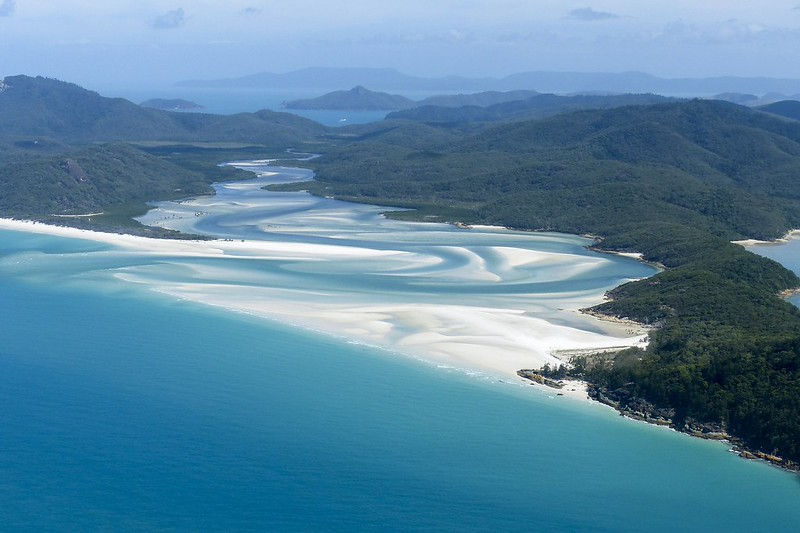Why Sea Water Desalination Won’t Save The World 🎥
- Nov 25, 2019
- 2 min read
Desalination refers to any of several processes that remove the excess salt and other minerals from water in order to obtain fresh water suitable for animal consumption or irrigation, and if all of the salt is removed, even for human consumption. At least three principle methods of desalination exist: thermal, electrical and pressure (https://en.wikipedia.org/wiki/Desalination).
The oldest method, thermal distillation, has been around for many years, where the water is boiled and then the steam is collected, leaving the salt behind.
Sounds like a great way to save the world’s water resource problem, doesn’t it?

An article from the ‘United Nations Environmental Programme’ (published in May 2019) states:
“Did you know that several countries, such as the Maldives, Malta and the Bahamas, meet all their water needs through the desalination process—that is, they convert seawater to freshwater? Oceans cover 70 percent of the planet.”
It's hard to imagine, but about 97 percent of the Earth's water can be found in our oceans. So at first thought, desalination plants seem to be the solution for the Earth’s future demand on water due to high increase in population and the occurring climate change with less regular rain in some parts of the world resulting in longer, ongoing droughts, eg. Australia.
The UN article continues: ”They (the oceans) provide nourishment for over three billion people and absorb 30 percent of carbon dioxide released into the atmosphere and 90 per cent of the heat from climate change. Increasingly, they are also providing freshwater for a burgeoning population.
While there’s no shortage of seawater, it’s important to understand and monitor the impact of the rapidly growing number of desalination plants on the environment. Desalination is the process of removing salts from water and a by-product of the process is toxic brine which can degrade coastal and marine ecosystems unless treated.
In most desalination processes, for every litre of potable water produced, about 1.5 litres of liquid polluted with chlorine and copper are created. When pumped back into the ocean, the toxic brine depletes oxygen and impacts organisms along the food chain.” https://www.unenvironment.org/news-and-stories/story/towards-sustainable-desalination


In this CNBC video (13:28) you will find detailed information about the processing of seawater in desalination plants and the problematic impact on our environment.
Can Sea Water Desalination Save The World?
Today, one out of three people don’t have access to safe drinking water. And that’s the result of many things, but one of them is that 97 percent of that water is found in our oceans. It’s saturated with salt and undrinkable. Most of the freshwater is locked away in glaciers or deep underground. Less than one percent of it is available to us.
So why can’t we just take all that seawater, filter out the salt and have a nearly unlimited supply of clean, drinkable water?
It is evident that at this point in time “Sea Water Desalination” is not a sustainable option; limitations of desalination include: High energy use, health concerns, ocean affectation, brine and lack of waste disposal. We can only hope that further research will improve the current systems.
🌊
REFERENCE
CNBC, Oct2019 (viewed 24.11.2019)
Science Daily, 2019 (viewed 24.11.2019)
United Nations Environmental Programme, May2019 (viewed 24.11.2019)






Comments